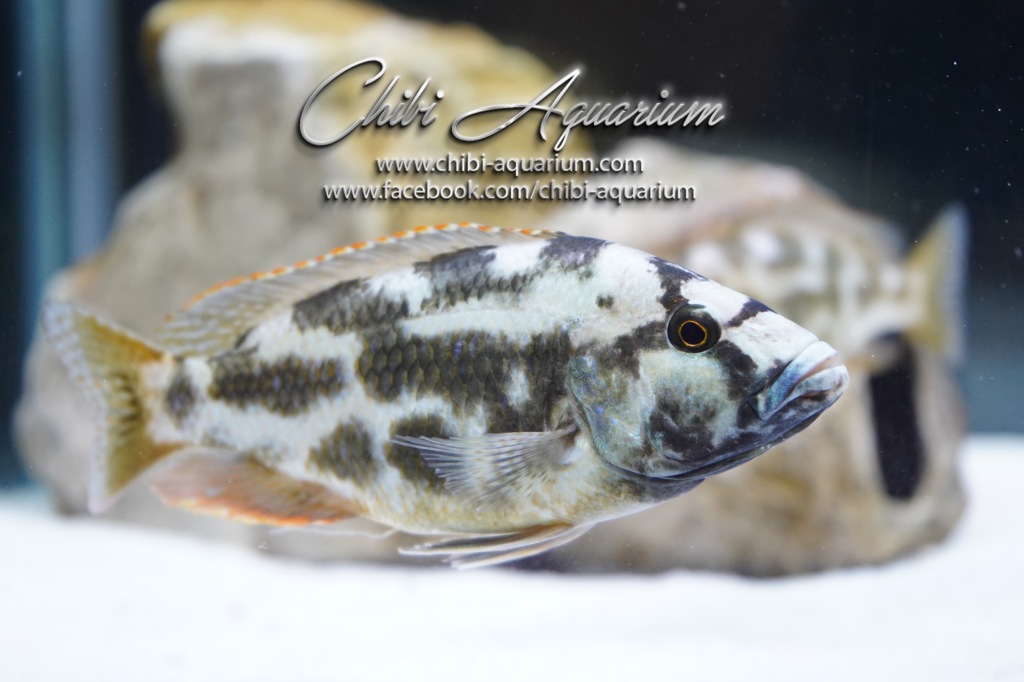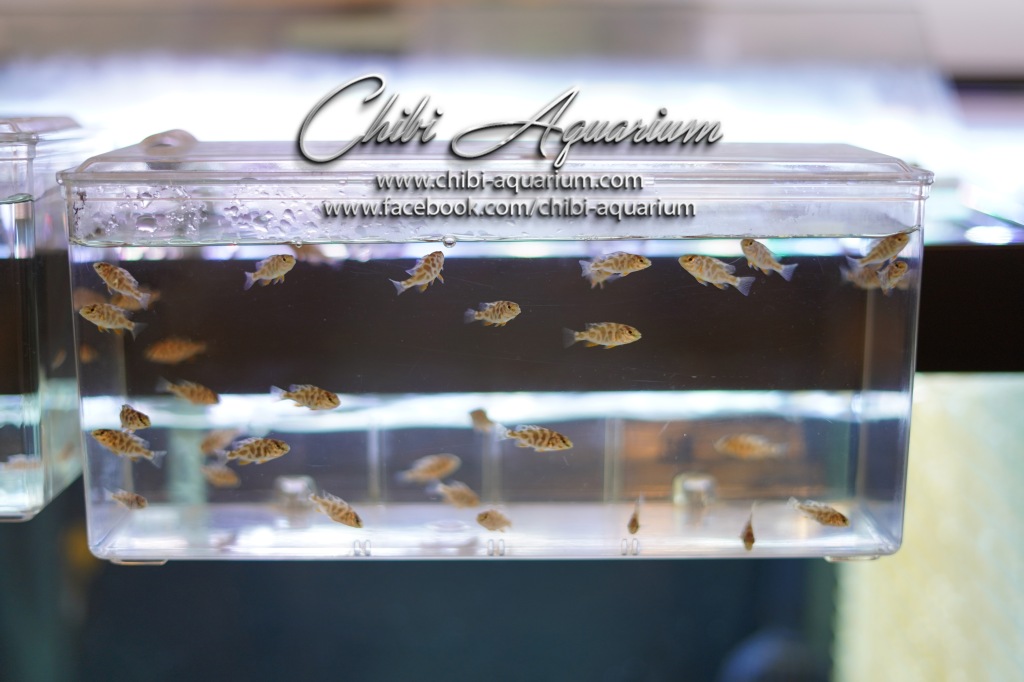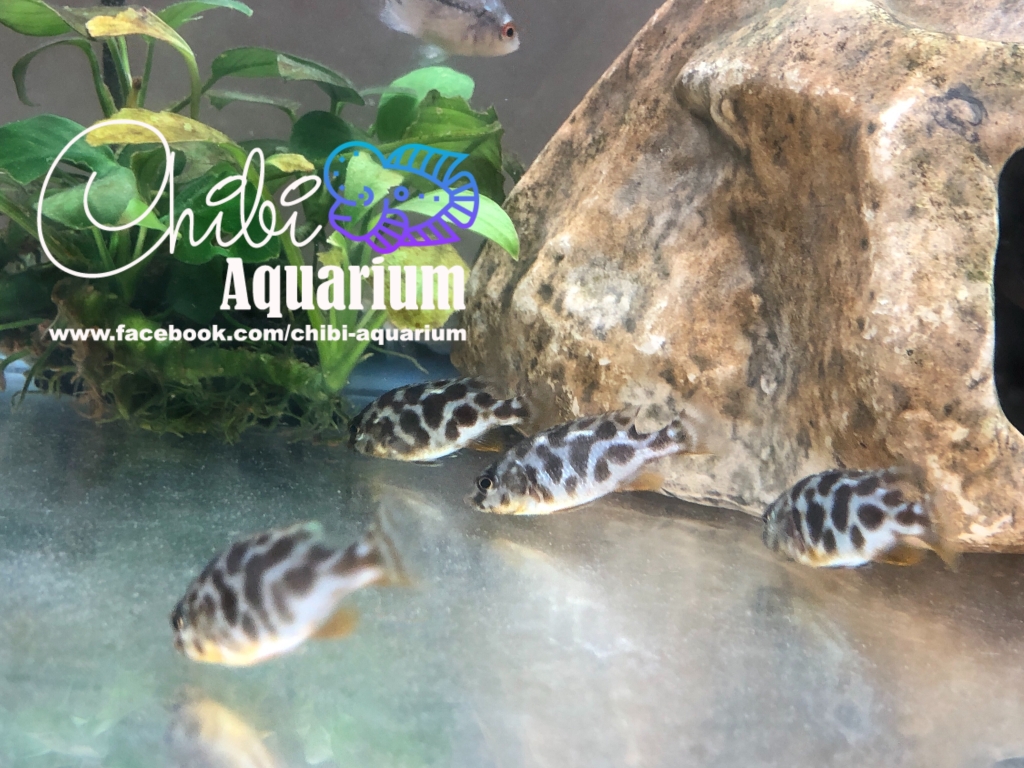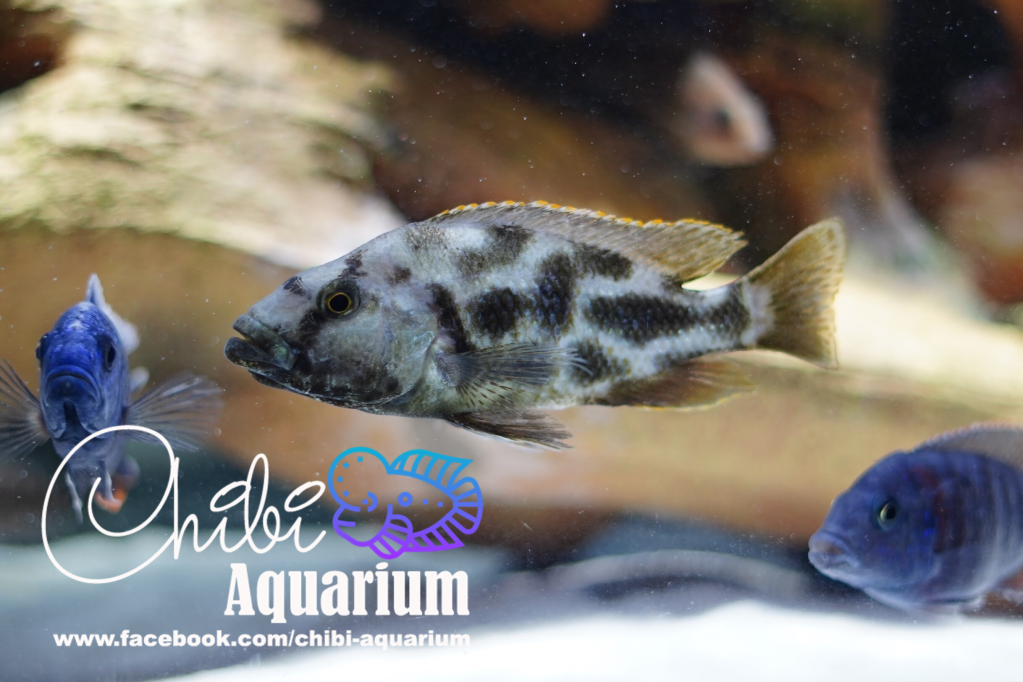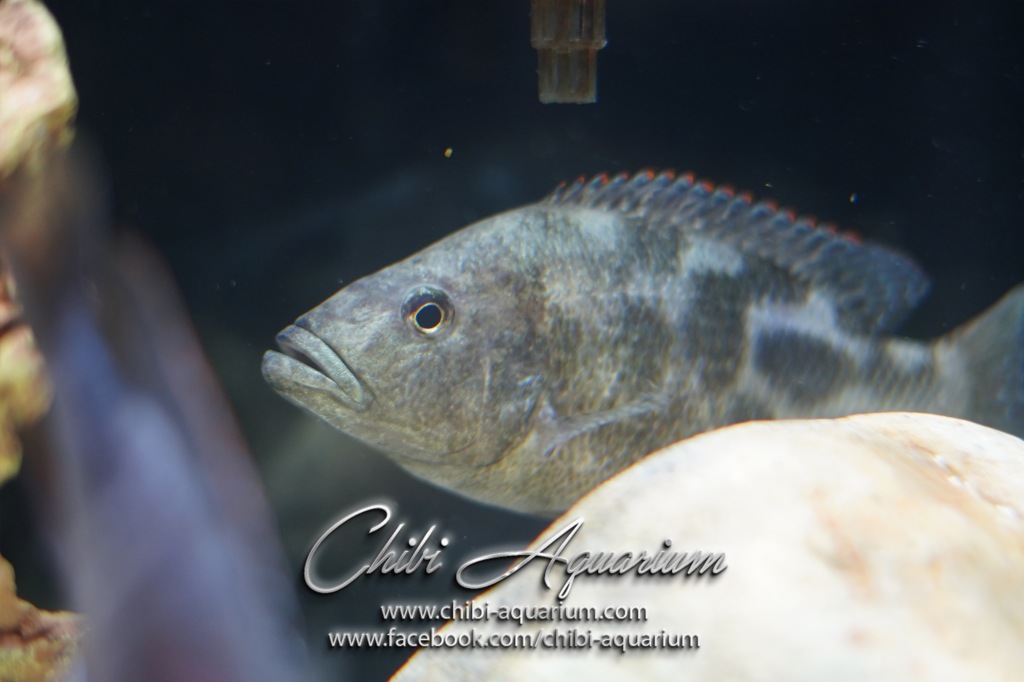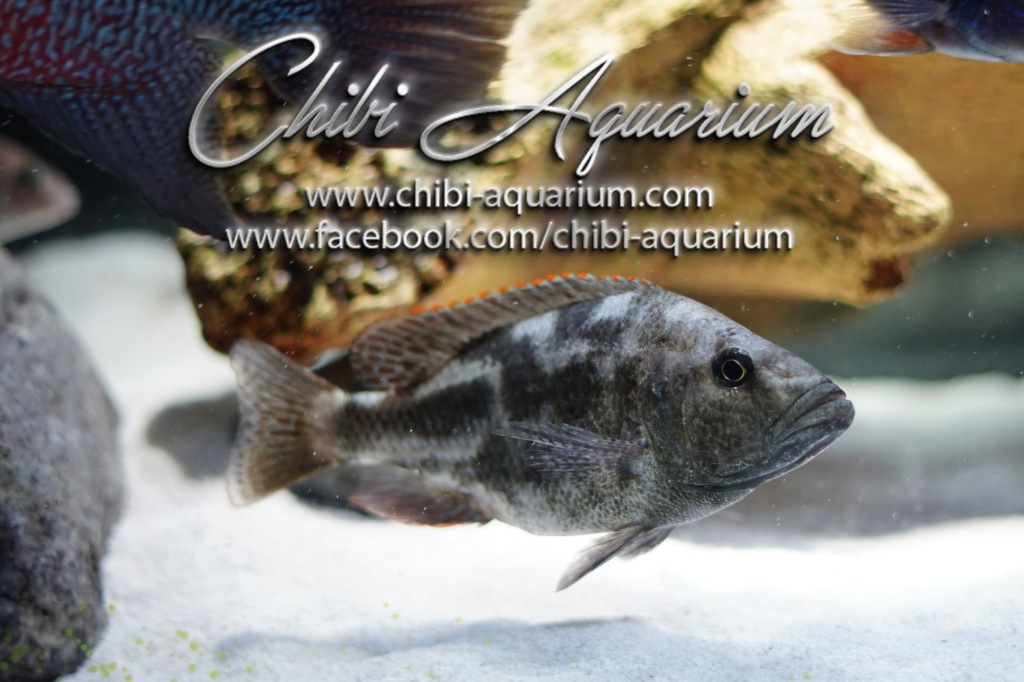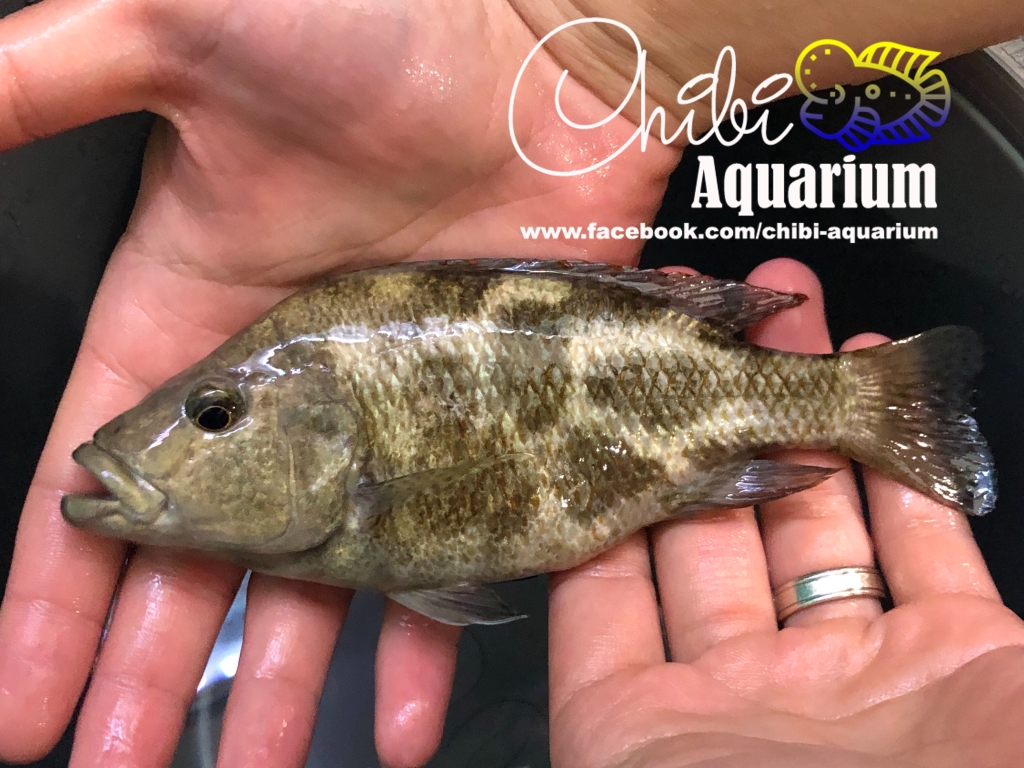Nimbochromis Livingstonii, also known as Livingston’s cichlid or the Livingston’s hap, is a popular species of African cichlid that is native to Lake Malawi in East Africa. This fish is known for its striking appearance, distinctive behavior, and hardiness in captivity.
Appearance:
Nimbochromis Livingstonii is a large fish that can grow up to 10-12 inches in length. They have a streamlined, torpedo-shaped body and a powerful, laterally compressed tail. Their body color is typically silver or gray with black markings, and they have distinctive black and white stripes running horizontally along their bodies. Adult males often have a blue-black coloration on their faces and fins, while females and juveniles are more brownish in color.
Behavior:
Nimbochromis Livingstonii is a predator by nature, and in the wild, they feed on smaller fish and crustaceans. They are known for their aggressive behavior, particularly during breeding and territorial disputes. In captivity, it is important to provide them with plenty of space and hiding spots to reduce stress and prevent aggressive behavior.
Tank Requirements:
In order to keep Nimbochromis Livingstonii healthy and happy in captivity, it is important to provide them with a spacious aquarium with plenty of swimming room. A minimum tank size of 75 gallons is recommended for a single adult fish. They are best kept in a species-only tank or with other large, aggressive cichlids that can hold their own. The tank should be decorated with plenty of rocks, caves, and hiding spots to provide the fish with a sense of security.
Water Requirements:
Nimbochromis Livingstonii is a hardy fish that can tolerate a range of water conditions, but they prefer alkaline water with a pH between 7.5-8.5 and a temperature between 76-82°F. A good filtration system and regular water changes are essential to maintain good water quality and prevent the buildup of toxins in the tank.
Feeding:
In the wild, Nimbochromis Livingstonii is a carnivorous fish that feeds on smaller fish and crustaceans. In captivity, they can be fed a variety of foods, including pellets, frozen or live foods such as shrimp or small fish, and occasional vegetable matter such as spirulina. It is important to provide them with a balanced diet that meets their nutritional needs.
Breeding:
Nimbochromis Livingstonii is a mouthbrooding cichlid, meaning that the female will carry the fertilized eggs and fry in her mouth for a period of time until they are ready to be released. Breeding is possible in captivity, but it is important to provide the fish with appropriate breeding conditions, including a spacious breeding tank with plenty of hiding spots, a neutral substrate such as sand, and regular water changes to maintain good water quality.
In conclusion, Nimbochromis Livingstonii is a stunning and interesting cichlid species that requires a bit of experience to care for properly. With the right tank setup, water conditions, and feeding regimen, these fish can thrive in captivity and provide their owners with years of enjoyment.
![]()

